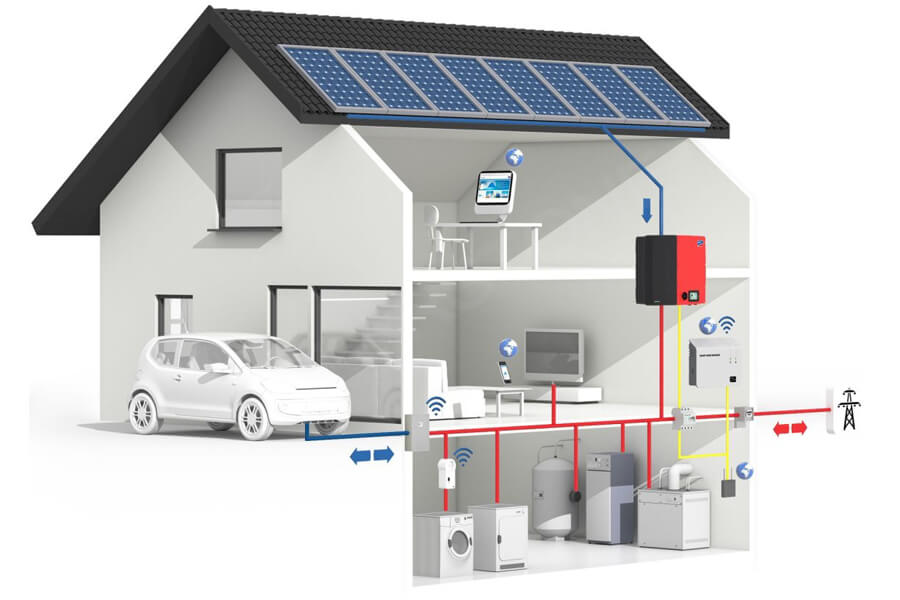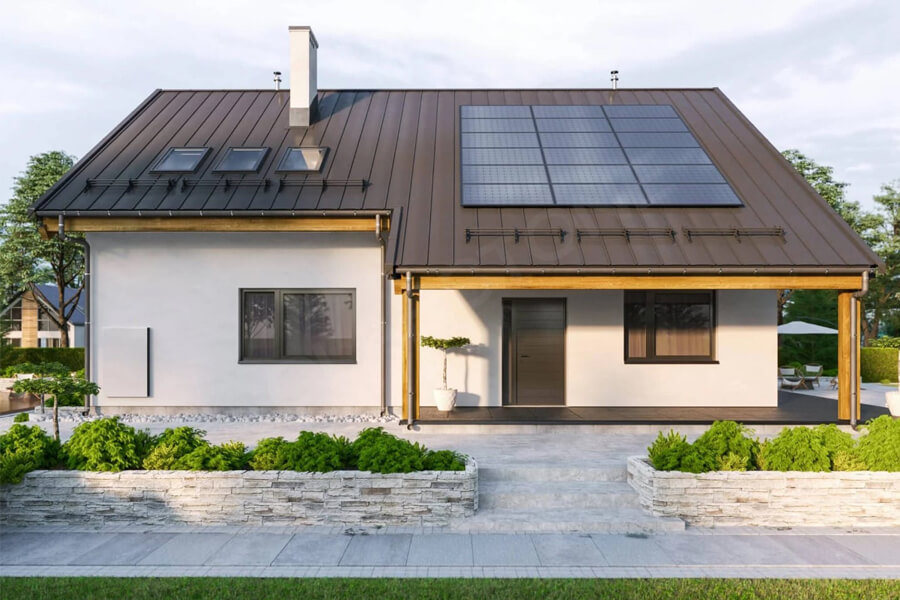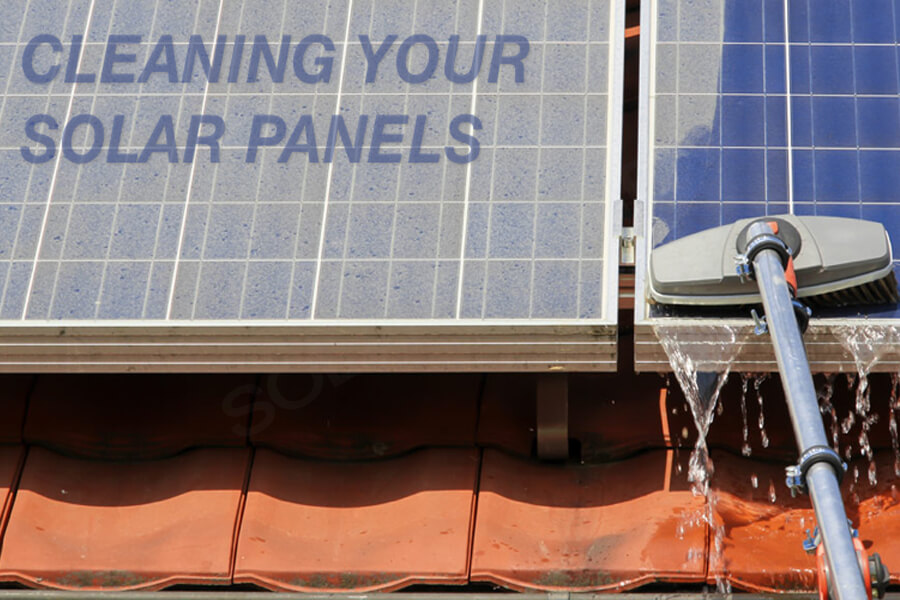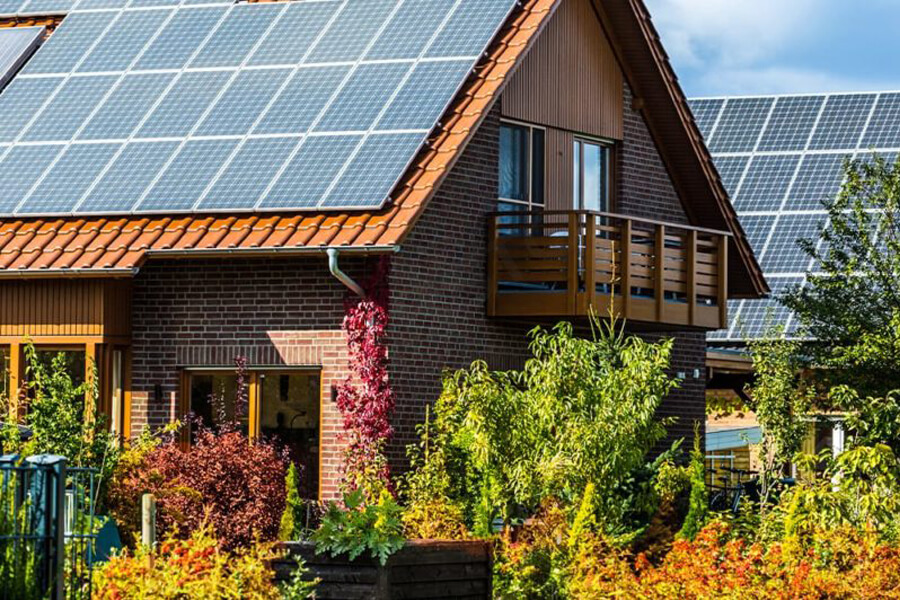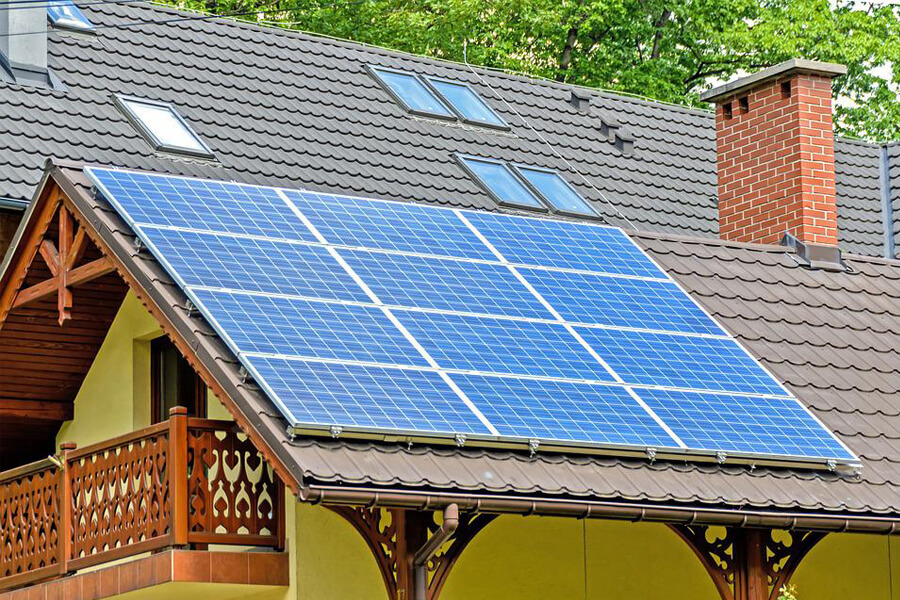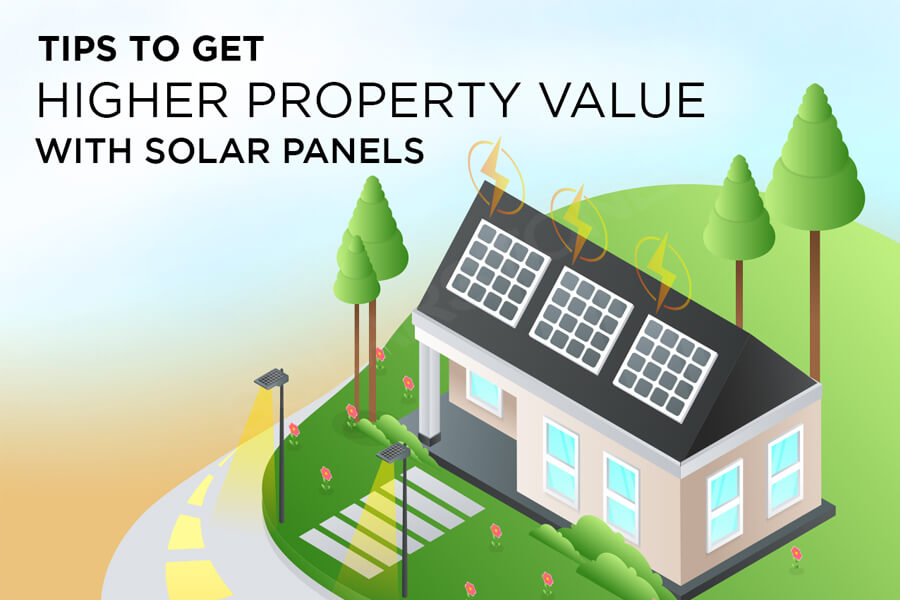For solar novices, it seems that you just bought a solar device and paid all the expenses. Although this idea is correct in essence, there are many techniques to manage solar panel systems in the most effective way. It is not only important to obtain the maximum amount of energy – it is also important to find ways to use energy. For those who want to know how to deal with solar panels and all these suns, here are seven simple tips.
1. Use high energy-consuming appliances in the daytime
Generally, those connected to the commercial power grid will try to use the most energy-consuming appliances at night, at which time the electricity price is the lowest. For solar panels, you need to do the opposite: solar panels generate the most energy around noon, so this is the best time to turn on the washing machine or dryer. In the evening, the solar panels are almost useless, and the light reflected from the moon is hardly enough to make your reading light on.
If you do most of the housework in the morning or late at night, you can adjust the solar panels so that they can work together. In the United States, the best direction for solar panels is the south. If you turn them slightly to the west, you will get less energy, but more from the evening sun. Similarly, turning solar panels to the east will enable them to generate more electricity in the morning.
2. Store unused energy for future use
Solar panels provide you with a continuous supply of electricity during the day, but usually you cannot use up all the electricity. Not everyone is at home during the day, and we will never use our equipment all the time. This means that the extra energy will only be wasted, and it may come into use after dusk. In order to save the power you get, it is worth buying a battery to let you have backup energy. If you decide to completely stop paying electricity bills and be independent of the commercial power grid, a good battery is absolutely necessary.
For many years, lead-acid deep-cycle batteries have been the standard choice for solar panel systems, but in the past few years, the price of lithium-ion batteries has dropped and shone brilliantly. And for all the good reasons: they are stronger, more efficient, longer life and take up less space.
Lithium ion batteries are suitable for grid connection and off-grid use. The model is stackable, which means that users can obtain greater flexibility and easily increase storage capacity when needed. Don’t forget that you also need a charging controller to protect your battery from high voltage and overcharging of the solar panel.
3. Use summer to improve
Because of the longer daytime time in spring and summer and the higher sun height, the solar panels get more sunlight and release more energy. On average, the solar panel system generated 40-50% more electricity from July to August than from November to December. You can never lose that energy, so why not run an AC unit on it? With this seasonal boost, you can usually install a small air conditioner at home without worrying about installing new solar panels to support it.
4. Check the performance of solar panel
Making sure your solar panel works properly doesn’t mean climbing to the roof every few months. Although the solar panel manufacturer recommends a visual inspection of your solar array once a year, it is much easier to monitor its work through special equipment: charging controller and inverter.
Sometimes they can be paired with your smartphone via Bluetooth to help you monitor your solar photovoltaic system 24/7. If your solar panel performance drops suddenly, you will be able to quickly find it and take appropriate measures.
5. Clean the solar panel every other time
If your solar panel is installed on the ground, it must be cleaned 2-3 times a year. If your solar panels are placed on a sloping roof, you can let the rain treat them, but not forever: the dust on the top of the solar panels will eventually become mud. The exact frequency of cleaning solar panels depends on the area you live in.
To clean, you can call the special service department or clean yourself. It’s like washing windows, but don’t use soap: it will leave a residue that reflects the sun and collects dust and debris.
6. Consider energy-saving upgrading
To use solar energy more reasonably, you can find ways to reduce energy expenditure. Electricity bills or meters can help you find the most expensive appliances. Some of them are just old and consume more electricity than before. Others can be replaced by more energy-efficient equipment. For example, LED requires less power than traditional incandescent lamps, and the air conditioning system can be replaced by ceiling fans.
Household appliances also have the bad habit of using electricity in standby mode. On average, idle equipment accounts for 23% of the annual residential electricity consumption. However, it may be annoying to unplug them all the time, so it is worthwhile to spend some money to buy smart plugs. In general, whether you have a solar panel system or not, it is a good idea to save energy in your home – it can save you money and help fight global warming.
7. Think of new ways to use solar energy
After replacing all energy-consuming devices with modern ones, you may find that you have more energy than you originally needed. Here are some ideas on how to make full use of it:
(1) Solar energy can be used in the garden. For example, you can use solar energy to run an automatic sprinkler system to water plants.
(2) The solar panel system works well with electric vehicles. Electric cars require a lot of energy, so it is almost impossible to charge them with extra things. But small things like scooters may just fit.
(3) Sell unused electricity to the commercial grid.
(4) Add another cold storage. If you have enough energy, you can install a second refrigerator or freezer to store supplies. You can also consider heat accumulators: boilers and even garden saunas.
The possibility of innovation is endless. It is a real pursuit to come up with new ideas to use additional solar energy.


